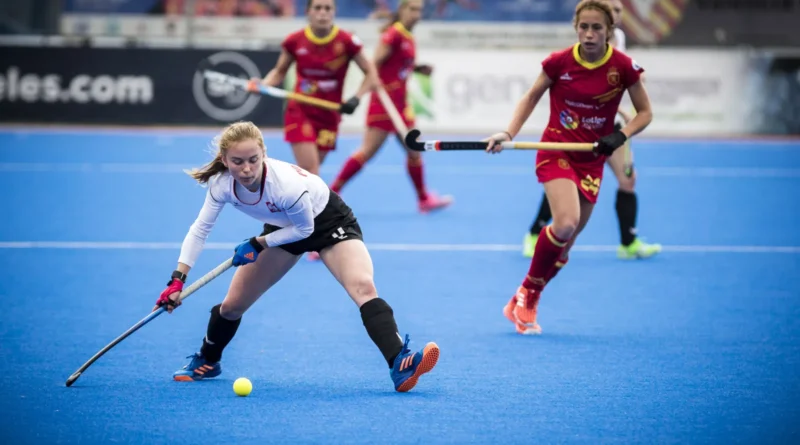How Has Sports Evolved Over the Centuries?
Sports have been an integral part of human civilization for thousands of years, serving as a way to entertain, compete, and maintain physical fitness. From ancient rituals and games to the multi-billion-dollar industry of modern sports, the evolution of sports is a fascinating journey that reflects changes in society, culture, and technology.
1. The Ancient Origins of Sports
Sports in ancient times were often linked to religious rituals and military training. The ancient Greeks, for instance, are credited with developing the modern idea of organized sports with the creation of the Olympic Games around 776 BCE. These games were held every four years in honor of Zeus, the king of the Greek gods. Participants competed in events like the stade race, which was the precursor to the modern 100-meter dash.
Similarly, in ancient Egypt, sports like wrestling, hunting, and archery were practiced, not only for recreation but also as part of military training. The Romans took sports to another level, with gladiatorial combat and chariot racing being major public spectacles, especially in the massive Colosseum.
2. The Middle Ages and the Rise of Team Sports
During the Middle Ages, sports became more community-driven. Games like jousting and archery contests were popular, especially among the nobility. Meanwhile, peasants engaged in forms of folk football, a rough and chaotic precursor to modern soccer (or football, as it’s called outside of the U.S.).
Team sports began to take shape in the medieval period, though their forms were often unregulated. These early versions of soccer, rugby, and other team sports were played in villages and towns and usually had few rules and no official boundaries. They became more organized over time, especially in England, where the roots of soccer (known as football globally) can be traced back to the 12th century.
3. The Renaissance and the Rise of Modern Sports
The Renaissance brought renewed interest in physical fitness and intellectual pursuits. This led to the growth of organized sports during the 17th and 18th centuries. The English were at the forefront, with the formalization of sports like cricket, tennis, and horse racing. Tennis, for example, evolved from jeu de paume played in France, and cricket became a national pastime in England, influencing many other countries.
As societies industrialized, sports became more organized and commercialized. This period also saw the creation of professional leagues and clubs, beginning with football clubs in England during the mid-1800s. The creation of the First Division of the English Football League in 1888 was a significant milestone, marking the beginning of modern professional sports.
4. The 20th Century: Globalization and Commercialization of Sports
The 20th century was a period of massive change for the world of sports, with the rise of television, the internet, and mass media helping to globalize the industry. The creation of the Olympics as we know it today in 1896 in Athens was the first step in turning sports into a global spectacle. With the advent of television broadcasts, fans from all over the world could now watch events live, making stars out of athletes like Muhammad Ali, Pelé, Michael Jordan, and Serena Williams.
As professional sports leagues grew—like the NFL, NBA, Premier League, and FIFA World Cup—sports became a multi-billion-dollar business. Sponsorship deals, merchandising, and media rights generated enormous revenues, transforming athletes into global icons and sports events into massive entertainment spectacles.
5. Sports Today: Technology, Diversity, and Global Participation
In the 21st century, sports have continued to evolve. Technology has transformed how athletes train, compete, and recover. Innovations like sports analytics, virtual reality training, and performance tracking devices have enhanced athletic performance. Data analytics is now deeply integrated into decision-making processes for teams, athletes, and coaches.
In addition, the inclusivity of sports has expanded. Women’s sports, once overlooked, are now gaining greater visibility and respect. Major tournaments, such as the Women’s World Cup and the WNBA, are inspiring the next generation of female athletes. Moreover, the integration of disabled athletes into mainstream sports, through events like the Paralympic Games, has helped to break down barriers and increase accessibility.
Sports today are not just competitions—they are events that bring people together across national borders, cultural differences, and social backgrounds. Esports, a new frontier in competitive gaming, is rapidly growing and attracting millions of fans worldwide.
Conclusion
From humble beginnings as religious rituals and local games to the global multi-sport events we witness today, the evolution of sports reflects humanity’s progress in terms of technology, culture, and social structures. Today, sports are more than just games—they are an essential part of our global culture. As the future of sports continues to develop, it will be exciting to see how new technologies, social movements, and shifting global dynamics shape the next phase of sports.

